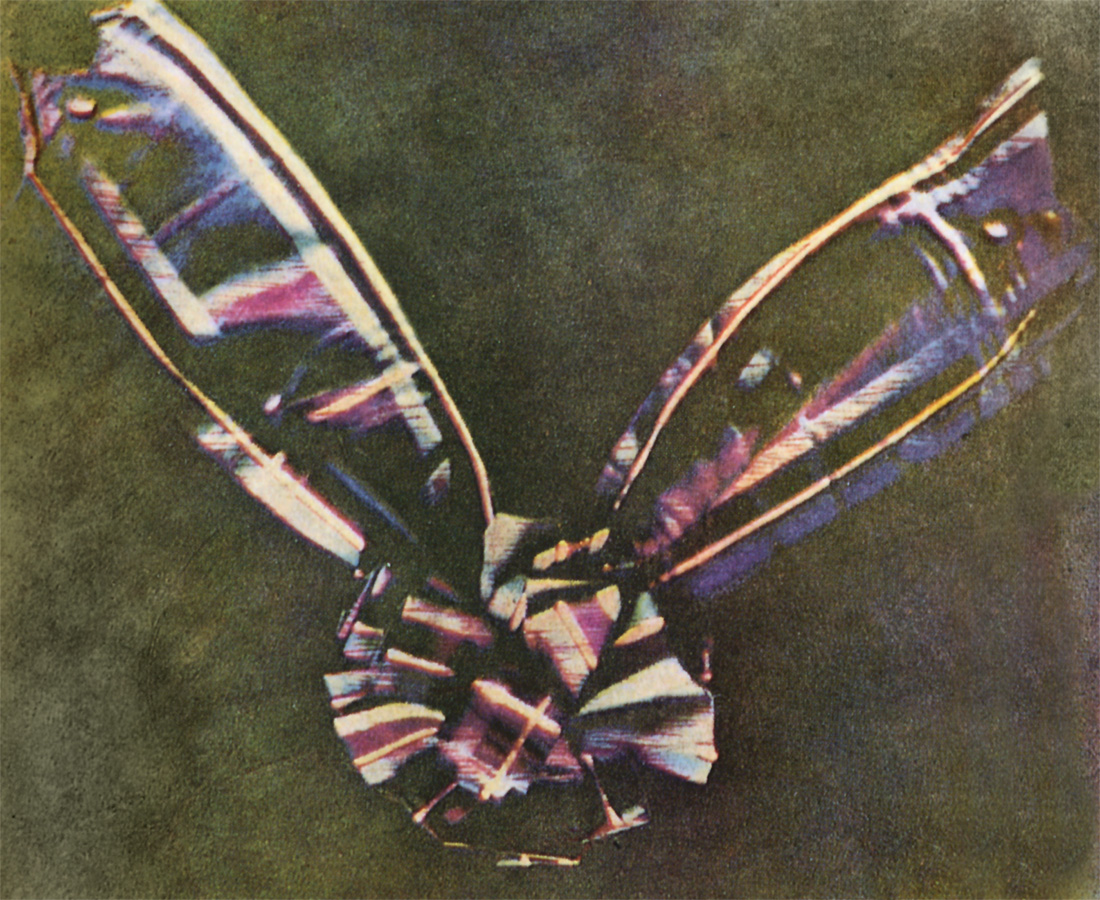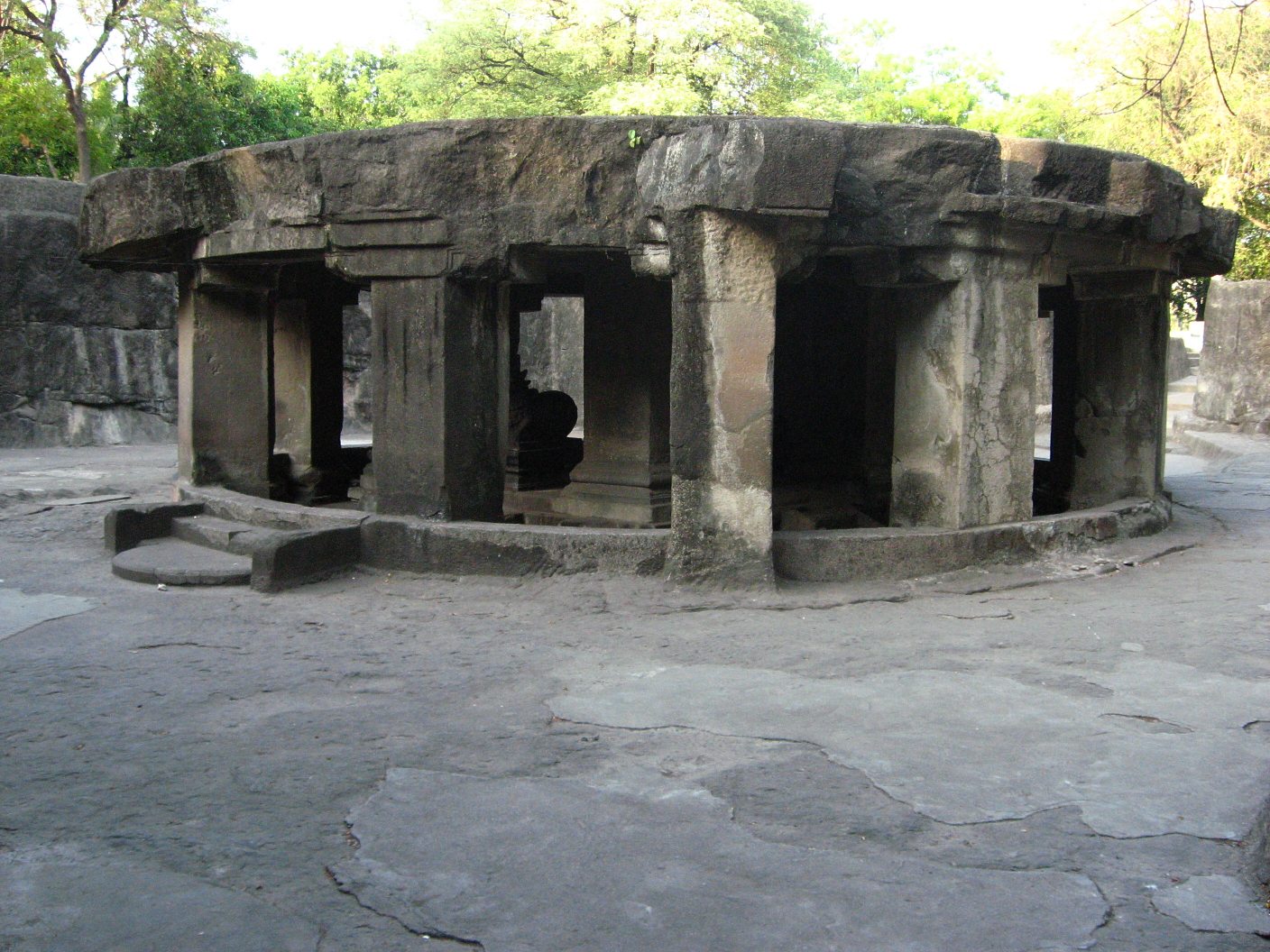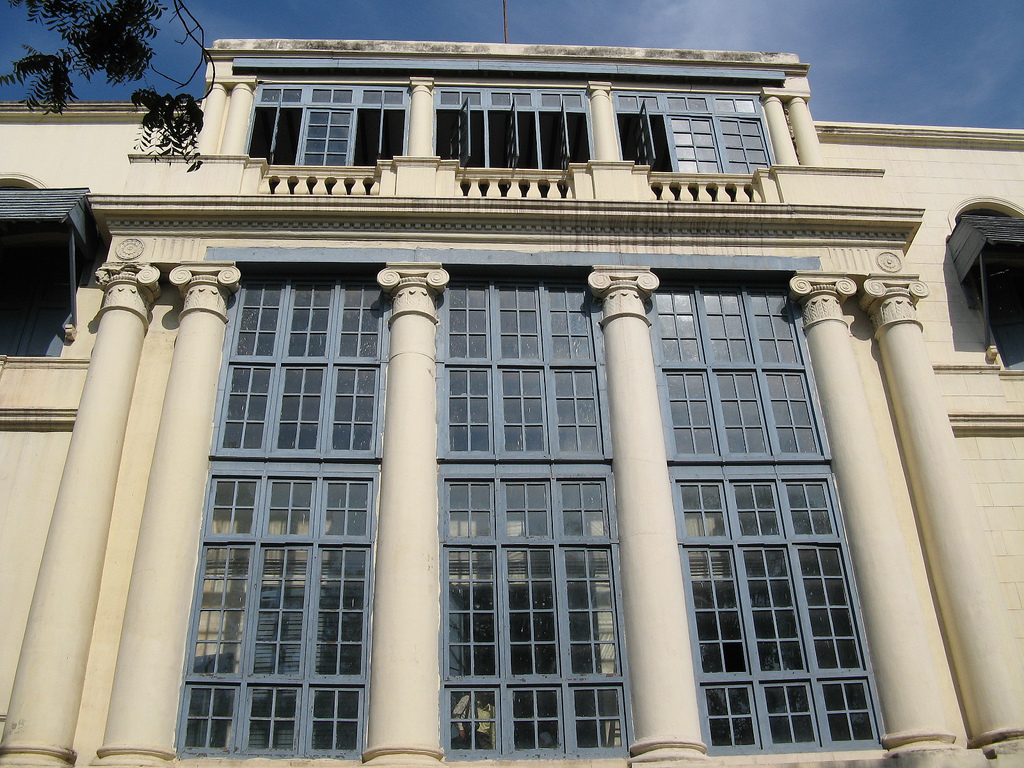|
Ramachandra Babu
K. Ramachandra Babu (15 December 1947 – 21 December 2019) was an Indian cinematographer of over 125 films, out of which most are Malayalam films. He also worked for films in Tamil, Telugu, Hindi, Arabic and English languages. He served as the cinematographer for several documentaries and advertisement films as well. He was the founder of the Indian Society of Cinematographers (ISC). Early life and career Ramachandra Babu was born on 15 December 1947 in Maduranthakam at Chengalpattu District, Tamil Nadu, as the eldest son of Malayali parents, Kunjan Pillai and Padmini Amma, both from Alleppey Kerala. After obtaining his B.Sc. (Chemistry) degree from Loyola College, Madras in 1966, he went on to join the Film and Television Institute of India, Pune to study cinematography. In the Institute, he made friends with Balu Mahendra, John Abraham and K.G. George, who would go on to become noted film directors. He obtained his Diploma in Cinema (Motion Picture Photography) in ... [...More Info...] [...Related Items...] OR: [Wikipedia] [Google] [Baidu] |
Maduranthakam
Madurantakam () is the southernmost suburb of Chennai city and a municipality in Chengalpattu district in the Indian state of Tamil Nadu. The town is known for the artificial and second largest lake in Tamil Nadu, the Maduranthakam lake. It is said to have been built by the Chola King Uttama Chola, also called as Maduranthaka, during his reign. It is also home to the Eri-Katha Ramar Temple. As of 2011, the town had a population of 30,796. History Madurantakam was ruled by Uttama chola Madurantaka (Chola King) 971–985 CE so, it is named as Madurantakam by the memory of the king .202.21.43.112 (talk) 17:27, 24 September 2022 (UTC) Madurantakam is one of the holy places visited by Ramanuja though it has not been sung by the Alvars. The place is also unique in that Ramanuja's statue is found dressed in white on all days while in almost all temples the saint is dressed in ochre. In two of his poems, Manavala Mamunigal asks everyone who wants to cast away his past sins to worsh ... [...More Info...] [...Related Items...] OR: [Wikipedia] [Google] [Baidu] |
Indian Cinematographers
Indian cinematographers work in a number of regional film centres: Chennai for Tamil films, Mumbai for films in Marathi and Hindi, Hyderabad for films in Telugu, Kochi for films in Malayalam, Kolkata for Bengali films, Bangalore for Kannada films, etc. Most Indian cinematographers are known for their work with one regional industry. Some cinematographers belong to various professional organisations and trade unions. Western India Cinematographers' Association (WICA) The Western India Cinematographers Association (WICA) is a society for Indian cinematographers. The society is situated at Mumbai in Maharashtra. Members of this society include the suffix WICA after their name in film credits. The organisation was formed on 2 August 1953 in Mumbai, and was presided over by a leading cinematographer of the time, Faredoon Irani; in the following month the first office bearers were chosen, including Nitin Bose as President and V. Avadhut as the Vice-President. According to WICA, ther ... [...More Info...] [...Related Items...] OR: [Wikipedia] [Google] [Baidu] |
Eastman Color
Eastmancolor is a trade name used by Eastman Kodak for a number of related film and processing technologies associated with color motion picture production and referring to George Eastman, founder of Kodak. Eastmancolor, introduced in 1950, was one of the first widely successful "single-strip colour" processes, and eventually displaced the more cumbersome Technicolor. Eastmancolor was known by a variety of names such as DeLuxe Color, Warnercolor, Metrocolor, Pathécolor, Columbiacolor, and others. For more information on Eastmancolor, see * Eastman Color Negative (ECN, ECN-1 and ECN-2), the photographic processing systems associated with Eastmancolor negative motion picture stock, and intermediate motion picture stocks (including interpositive and internegative stocks) * Eastman Color Positive (ECP, ECP-1 and ECP-2), the photographic processing systems associated with Eastmancolor positive print motion picture stock for direct projection * Color motion picture film, for backgro ... [...More Info...] [...Related Items...] OR: [Wikipedia] [Google] [Baidu] |
Colour Film
Color photography is photography that uses media capable of capturing and reproducing colors. By contrast, black-and-white or gray- monochrome photography records only a single channel of luminance (brightness) and uses media capable only of showing shades of gray. In color photography, electronic sensors or light-sensitive chemicals record color information at the time of exposure. This is usually done by analyzing the spectrum of colors into three channels of information, one dominated by red, another by green and the third by blue, in imitation of the way the normal human eye senses color. The recorded information is then used to reproduce the original colors by mixing various proportions of red, green and blue light ( RGB color, used by video displays, digital projectors and some historical photographic processes), or by using dyes or pigments to remove various proportions of the red, green and blue which are present in white light ( CMY color, used for prints on paper a ... [...More Info...] [...Related Items...] OR: [Wikipedia] [Google] [Baidu] |
Black-and-white
Black-and-white (B&W or B/W) images combine black and white in a continuous spectrum, producing a range of shades of grey. Media The history of various visual media began with black and white, and as technology improved, altered to color. However, there are exceptions to this rule, including black-and-white fine art photography, as well as many film motion pictures and art film(s). Photography Contemporary use Since the late 1960s, few mainstream films have been shot in black-and-white. The reasons are frequently commercial, as it is difficult to sell a film for television broadcasting if the film is not in color. 1961 was the last year in which the majority of Hollywood films were released in black and white. Computing In computing terminology, ''black-and-white'' is sometimes used to refer to a binary image consisting solely of pure black pixels and pure white ones; what would normally be called a black-and-white image, that is, an image containing shades of ... [...More Info...] [...Related Items...] OR: [Wikipedia] [Google] [Baidu] |
Swapnadanam
''Swapnadanam'' ( ml, സ്വപ്നാടനം, en, Journey Through a Dream) is a 1976 black-and-white Malayalam-language film that marks the directorial debut of K. G. George. A marital psychodrama, it rejected all the usual song-dance numbers of popular cinema, yet succeeded in reaching the common mass. The film was a commercial success while maintaining its artistic quality. It won the Kerala State Film Award for Best Film and National Film Award for Best Feature Film in Malayalam. The cast includes Rani Chandra, Dr. Mohandas, Soman, Mallika and P. K. Venukuttan Nair. Plot The story proceeds in flashbacks as the protagonist, Dr. Gopi, who has had a nervous breakdown, relives his past under psychiatric probing. It is the story of an ill-matched marriage — the husband, sensitive, introvertive and plagued by memories of a bygone love and the wife, rich, spoilt and self-centred — and how under the mounting stresses of daily life, the husband cracks up. Gopi is the only ... [...More Info...] [...Related Items...] OR: [Wikipedia] [Google] [Baidu] |
Nirmalyam
''Nirmalyam'' ( ml, നിര്മ്മാല്യം, ) is a 1973 Indian Malayalam-language film written and directed by M. T. Vasudevan Nair, and starring P. J. Antony, Sumithra and Ravi Menon. P. J. Antony won the National Film Award for Best Actor in 1974 for his performance as a ''velichappadu'' (an oracle or a medium between the Goddess and the worshipper in a Hindu temple) in this movie. The film received the National Film Award for Best Feature Film and Kerala State Film Award for Best Film in 1974. It is one of the classics in Malayalam cinema. It is the debut of M. T. Vasudevan Nair as director and also the debut of Sukumaran and Sumithra as actors. It is the second movie of Ravi Menon, who acted earlier in a Hindi movie. This movie was a breakthrough in Ravi Menon's acting career. The movie is an adaptation of the short story "Pallivalum Kalchilambum" by M. T. Vasudevan Nair. Plot The movie revolves around a neglected temple and the people dependent on the ... [...More Info...] [...Related Items...] OR: [Wikipedia] [Google] [Baidu] |
Vidyarthikale Ithile Ithile
''Vidhyarthikale Ithile Ithile'' is a 1972 Indian Malayalam-language comedy film directed by John Abraham in his debut. It is based on the French film '' Nous les gosses'' (1941). The film stars Madhu, Jayabharathi, Adoor Bhasi and Paul Vengola. The film had musical score by M. B. Sreenivasan. Plot Cast *Madhu *Jayabharathi *Adoor Bhasi *Paul Vengola * Manorama *Master Vijayakumar *Paravoor Bharathan *S.V.Ranga Rao * S. P. Pillai *T. K. Balachandran *M. R. R. Vasu Soundtrack The music was composed by M. B. Sreenivasan and the lyrics were written by Vayalar Ramavarma Vayalar Ramavarma (March 25, 1928 – October 27, 1975), also known as Vayalar, was an Indian poet and lyricist of Malayalam language. He was known for his poems which include ''Sargasangeetham'', ''Mulankaadu'', ''Padamudrakal'', ''Aayisha'' .... References External links * {{IMDb title, 0078463 1970s Malayalam-language films 1972 comedy films 1972 directorial debut films 1972 films ... [...More Info...] [...Related Items...] OR: [Wikipedia] [Google] [Baidu] |
John Abraham (director)
John Abraham (11 August 1937 – 31 May 1987) was a Malayali Indian filmmaker, short story writer and screenwriter. His film '' Amma Ariyan'' (1986) was the only south Indian feature film to make the list of "Top 10 Indian Films" of all time by British Film Institute. ''Agraharathil Kazhuthai'' was listed among the "100 Greatest Indian Films" of all time by IBN Live's 2013 poll. Early life John Abraham was born in Chennamkary, Kuttanadu in 1937. He is from the Vazhakkat branch, Chennamkary of the Pattamukkil Family. He completed his intermediate studies in CMS College Kottayam staying with his grandfather, who nurtured John's talent in early days. After completing his degree in (history and politics) from Marthoma College, Thiruvalla, he worked as a private college teacher and latter he joined as an office assistant with Life Insurance Corporation of India in Udupi, Karnataka. After that he joined the FTII, Pune and there he met film-makers such as Ritwik Ghatak and Mani ... [...More Info...] [...Related Items...] OR: [Wikipedia] [Google] [Baidu] |
Balu Mahendra
Balanathan Benjamin Mahendran (19 May 1939 13 February 2014), commonly known as Balu Mahendra, was a Sri Lankan-born Indian cinematographer, director, screenwriter and film editor who worked predominantly in Tamil cinema. Widely regarded as an auteur, Mahendra usually scripted and edited his films apart from shooting them. He was the recipient of six National Film Awards (including two for Best Cinematography), five Filmfare Awards South and several state government awards. Mahendran developed a passion for photography and literature at a young age. After witnessing the shoot of David Lean's ''The Bridge on the River Kwai'' (1957) during a school trip in Sri Lanka, he was drawn towards filmmaking. He graduated from London University and started his career as a draughtsman with the Sri Lankan Government. In 1966, he moved to India and gained admission to the Film and Television Institute of India (FTII) to pursue a course in motion picture photography. Upon completion of his ... [...More Info...] [...Related Items...] OR: [Wikipedia] [Google] [Baidu] |
Pune
Pune (; ; also known as Poona, ( the official name from 1818 until 1978) is one of the most important industrial and educational hubs of India, with an estimated population of 7.4 million As of 2021, Pune Metropolitan Region is the largest in Maharashtra by area, with a geographical area of 7,256 sq km. It has been ranked "the most liveable city in India" several times. Pune is also considered to be the cultural and educational capital of Maharashtra. Along with the municipal corporation area of PCMC, PMC and the three cantonment towns of Camp, Khadki, and Dehu Road, Pune forms the urban core of the eponymous Pune Metropolitan Region (PMR). Situated {{convert, 560, m, 0, abbr=off above sea level on the Deccan plateau, on the right bank of the Mutha river,{{cite web , last=Nalawade , first=S.B. , url=http://www.ranwa.org/punealive/pageog.htm , title=Geography of Pune Urban Area , publisher=Ranwa , access-date=4 April 2008 , archive-url=https://web.archive.org/web/20071 ... [...More Info...] [...Related Items...] OR: [Wikipedia] [Google] [Baidu] |
Madras
Chennai (, ), formerly known as Madras (List of renamed Indian cities and states#Tamil Nadu, the official name until 1996), is the capital city of Tamil Nadu, the southernmost states and territories of India, Indian state. The largest city of the state in area and population, Chennai is located on the Coromandel Coast of the Bay of Bengal. According to the 2011 Indian census, Chennai is the List of most populous cities in India, sixth-most populous city in the country and forms the List of million-plus urban agglomerations in India, fourth-most populous urban agglomeration. The Greater Chennai Corporation is the civic body responsible for the city; it is the oldest city corporation of India, established in 1688—the second oldest in the world after London. The city of Chennai is coterminous with Chennai district, which together with the adjoining suburbs constitutes the Chennai Metropolitan Area, the List of urban areas by population, 36th-largest urban area in the world by ... [...More Info...] [...Related Items...] OR: [Wikipedia] [Google] [Baidu] |




